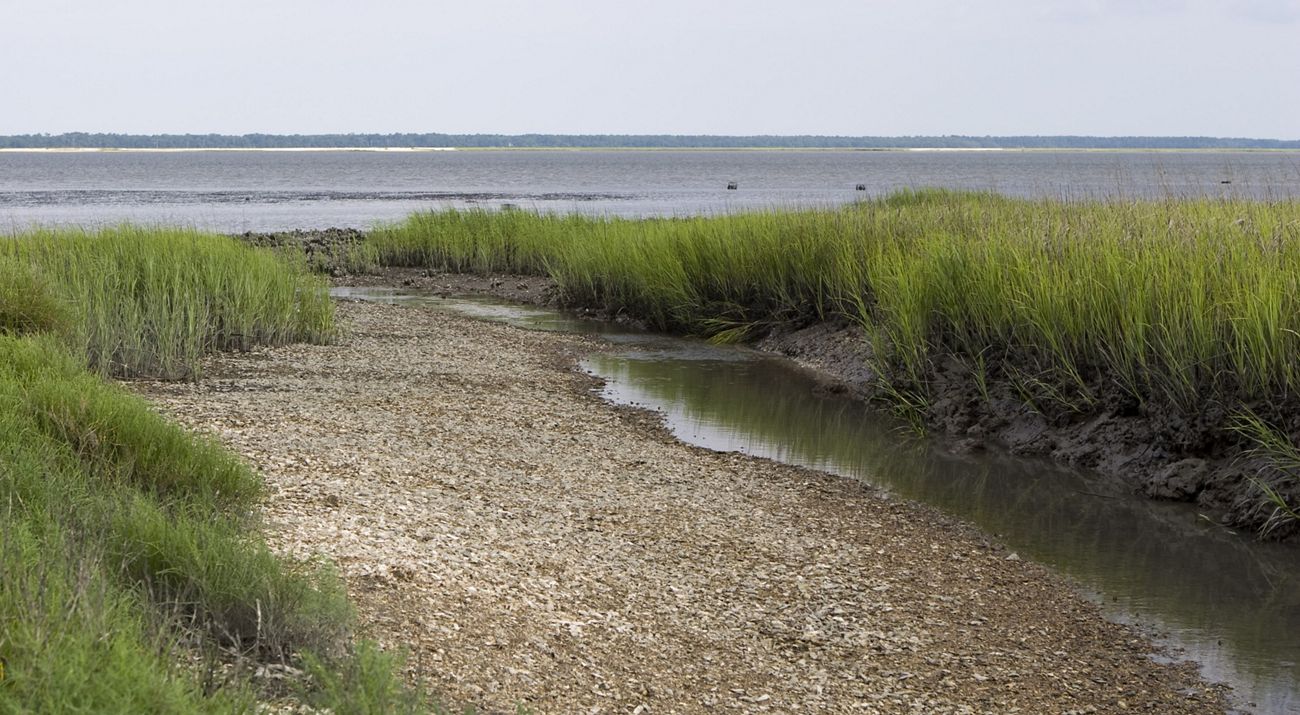
Leveraging the Power of Nature for Coastal Communities
Discover how nature provides a cost-effective solution to protecting communities and economies from the impacts of climate change.
Georgia's changing climate is impacting the places we love, our lifestyles and the health of our communities, particularly along Georgia's treasured coastline. We are seeing more severe storms, more extreme temperatures and less reliable water supplies. These changes have far-reaching consequences that affect many aspects of our lives, from the air we breathe to the food we eat.
Nature is our first line of defense against many climate impacts. That is why we are investing in a number of innovative programs which aim to help vulnerable communities prepare for and mitigate the impact of sea level rise as well as restore critical habitats such as maritime forests, salt marsh, floodplains and oyster reefs. This includes cost-effective solutions to protecting communities and economies such as new planning tools, an innovative salt marsh insurance study and resiliency plans.
With these programs and studies, we are working with local residents and experts to explore new ways to mitigate the impacts of climate change like urban heat, extreme flooding, catastrophic storms and stormwater runoff.
In addition to coastal protection, natural ecosystems and nature-based solutions supply a host of other benefits, including improved water quality, recreational space and healthier fisheries. Trees and other green infrastructure also capture and store carbon, while providing critical habitat for Georgia's native flora and fauna.
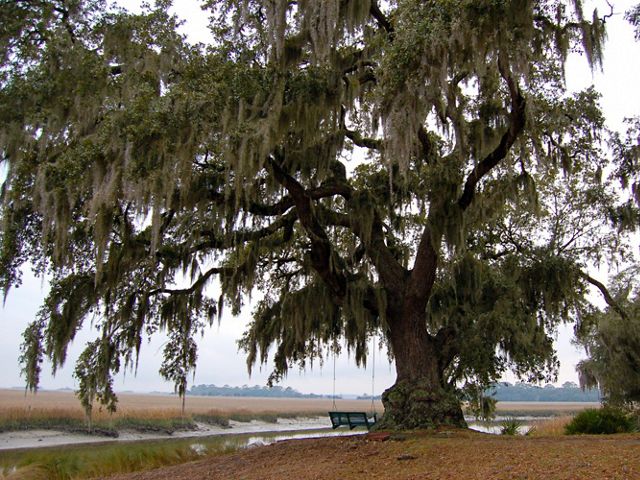
Helping Communities Prepare for and Protect from Floods
Much like other coastal Georgia counties, Camden County is a low-lying coastal community with wetlands comprising more than 50 percent of its land area. As a result, the county is susceptible to flooding from hurricane-induced storm surge and rising sea level, putting people, property and coastal habitat at risk. County officials worked with TNC and other partners to develop and pilot an online decision support tool to help citizens and community officials prepare for and respond to their flood risk.
Another tool developed by TNC, the Community Rating System (CRS) Explorer, combines local planning data with high level mapping tools and calculations to reduce community’s flood risks. The tool allows communities to interactively explore their data to identify future open space which would further reduce flood risk and premiums. Preserving open space allows the land to retain its natural function in the floodplain, storing floodwaters and reducing flashiness, as well as provide benefits to the ecosystem and water quality
The ultimate goals for these tools include helping citizens become aware of their current and future flood risk, providing community officials with data to inform their decisions about future land use, and identifying critically important ecosystems that provide natural flood risk reduction.
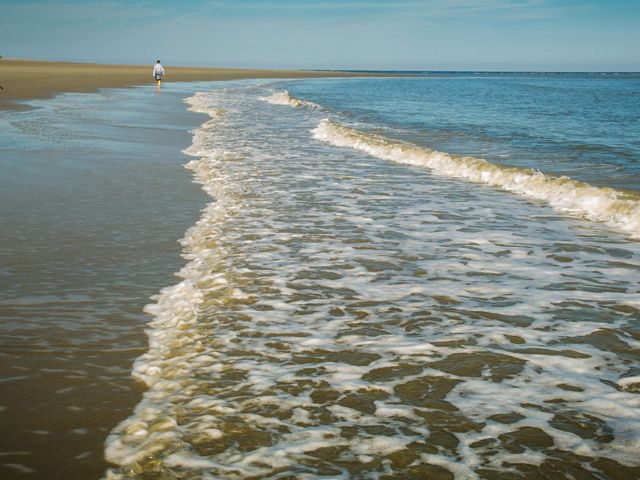
Building Community Capacity for Climate Resilience
The Nature Conservancy worked with partners in seven coastal geographies (Camden County, Cities of Kingsland, St. Marys and Woodbine; Naval Submarine Base Kings Bay; Cumberland Island National Seashore; and Little Cumberland Island) to develop a Camden County Resiliency Implementation Workplan (RIW) which was informed by technical expertise and built upon existing efforts and successes in the community.
With feedback from experts and the public, nearly 100 projects and vulnerable areas were identified along with potential nature-based solutions for each one. By working collaboratively with local stakeholders, we have created a prioritized roadmap to building comprehensive coastal resiliency that benefits both natural and human communities.
With the completion of this workplan, the groundwork has been laid to support additional coastal communities as they consider nature-based solutions to handle the effects of climate change.
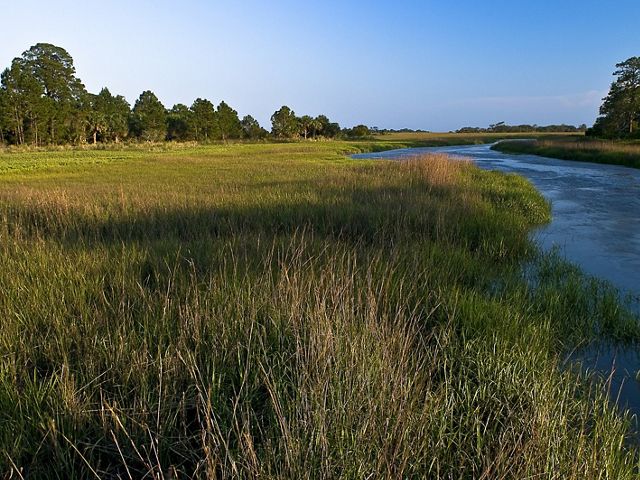
Protecting Salt Marshes with the Power of Insurance
Climate change, biodiversity loss and development are threatening our natural ecosystems at an unprecedented rate. To protect these valuable landscapes, we must look past traditional measures and try new approaches to conservation.
In line with efforts by The Nature Conservancy across the globe, we have partnered with the University of Georgia in taking the first step of considering whether an insurance-based mechanism could be developed for the protection and restoration of salt marshes in Georgia. Insurance represents a promising platform for integrating nature-based solutions as it
- Puts a price tag on risk
- Provides incentives for risk reduction
- Creates formalized payout structures
Across the Eastern seaboard, experts estimate that 70% of all salt marsh has been lost, primarily due to development. This highly productive and dynamic ecosystem is critical in protecting coastal communities from flooding and erosion and serves as essential habitat for commercially and recreationally important fish species. Though extensive along some portions of the coast, the region’s salt marshes are at risk from coastal development and rising sea level.
Research is ongoing and preliminary results are expected in mid-2025.
We Can’t Save Nature Without You
Sign up to receive monthly conservation news and updates from Georgia. Get a preview of Georgia’s Nature News email.
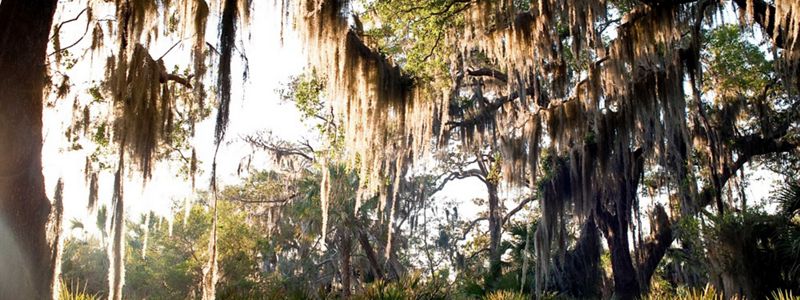
Take Action. Across Georgia. For Nature.
Be part of the solution and stand up for our natural world. Help protect Georgia’s lands and waters by making a gift for conservation today.